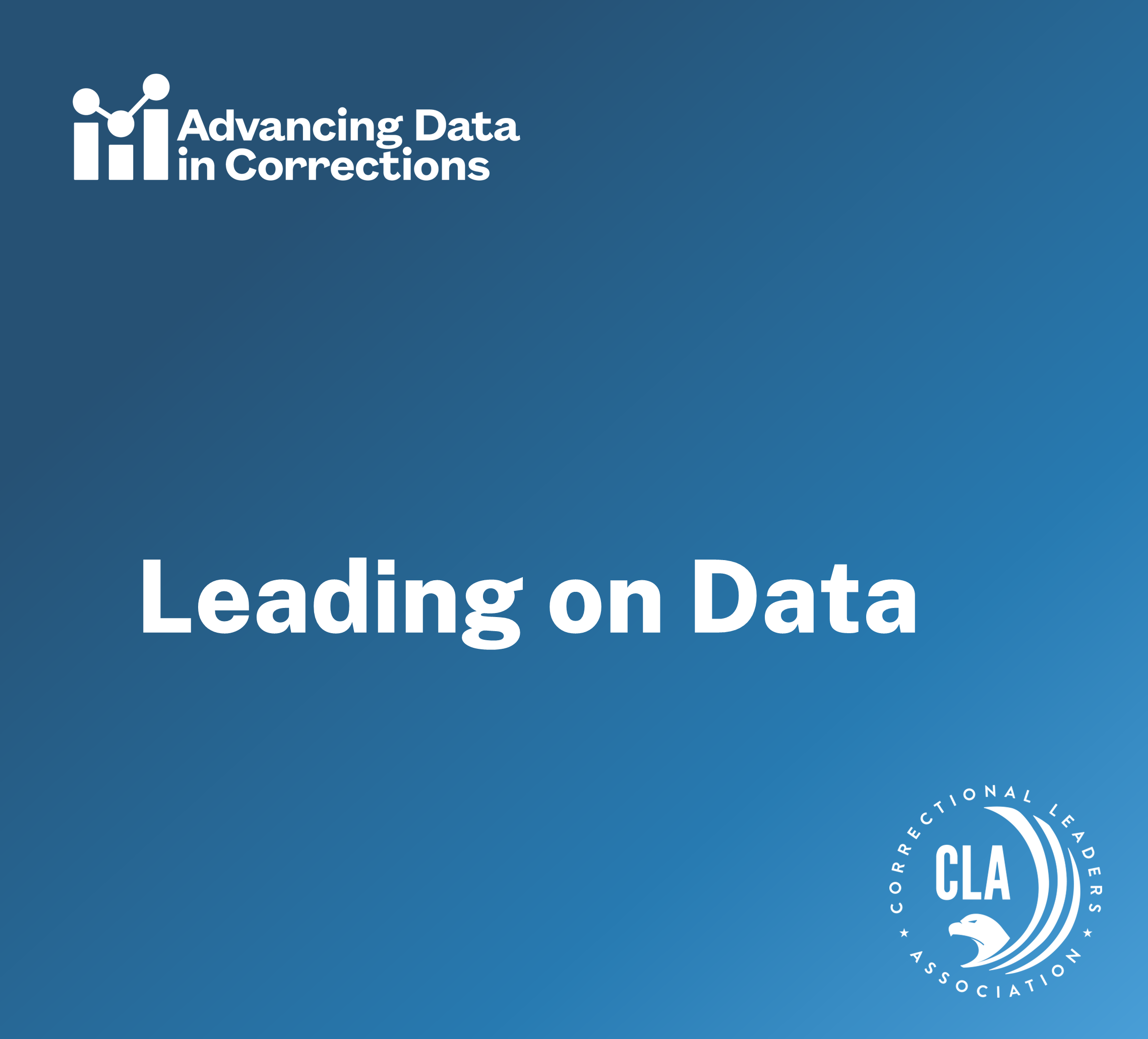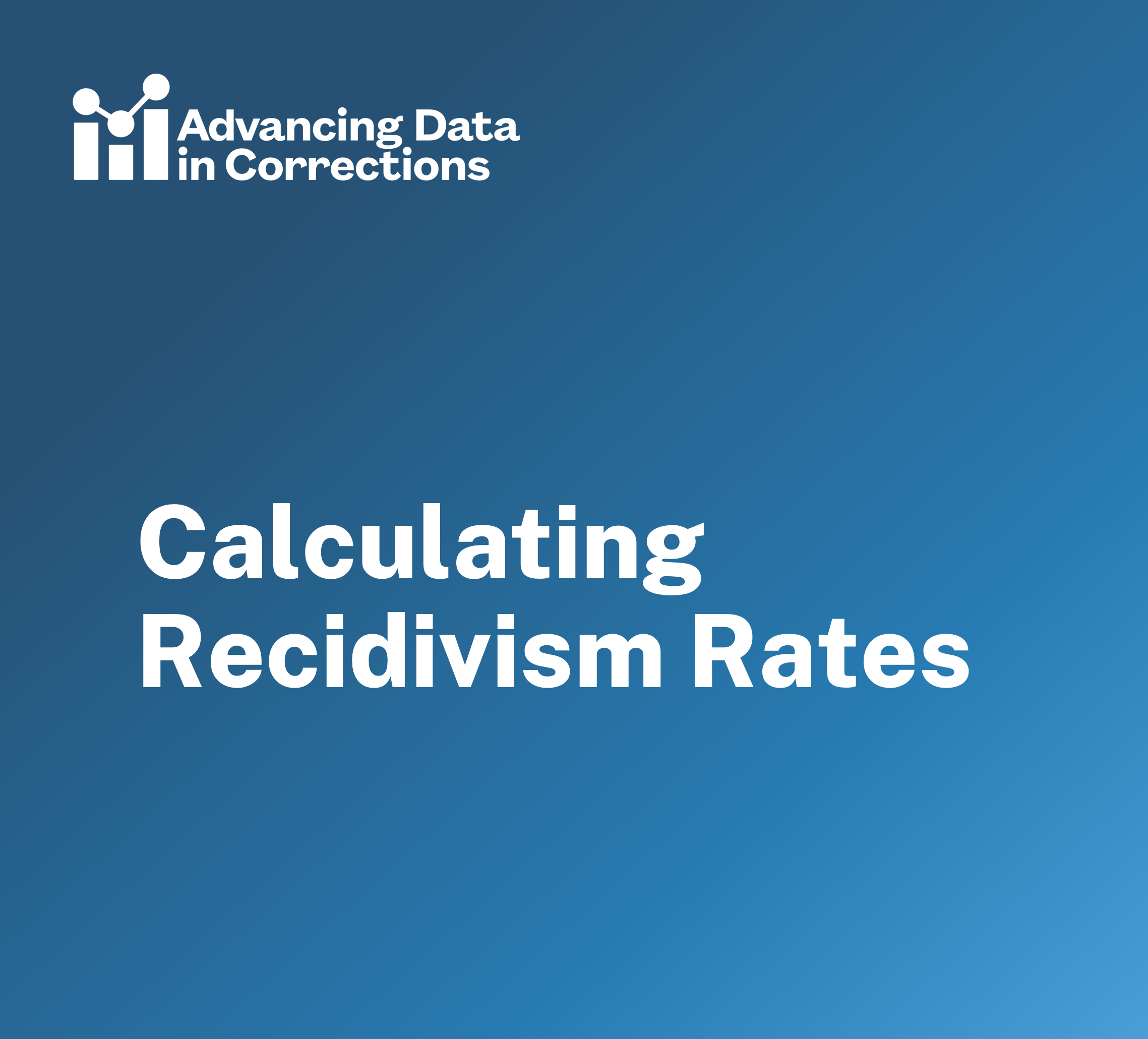Description
This course was created by the CSG Justice Center team with input from the Correctional Leaders Association (CLA) and designed for department of corrections executive leadership teams. In this course, you’ll find short, practical lessons to either help you get started with, or refine your approach to, working with data as a leader.
In today’s complex environment, data is more than numbers—it’s the key to crafting compelling public narratives, countering misinformation, and steering strategic priorities. Yet the vast amount of data generated in corrections settings, combined with the challenges of extracting meaningful insights and navigating bureaucratic hurdles, can make this task daunting.
Through this course, you’ll gain practical tools and insights to bring data-driven decision-making to your team. Learn directly from experienced corrections leaders and CSG Justice Center experts how to overcome common barriers, build trust through transparency, and translate overwhelming amounts of data into clear direction.
By the end, you’ll be equipped to turn information into meaningful action, refine your agency’s direction, and lead with confidence and clarity.
Thank you to CLA for their support and guidance on this course. A very special thanks to Rob Jeffreys, Director, Nebraska Department of Correctional Services and President, CLA, for introducing this course.
Intended Audience
This course is designed for leaders of corrections agencies and their executive staff. There are no prerequisites for this course. Corrections leaders have varying levels of experience with data and data analysis, and we have designed this course with that in mind.Learning Objectives
After completing this course, learners will be able to do the following:- Essential Metrics and KPIs: Discover nationally recognized key performance indicators to monitor and measure success in corrections.
- Strategic Data Analysis: Develop the skills to ask the right questions about graphs, charts, and tables, ensuring you focus on actionable insights.
- Proven Practices: Explore real-world case studies and best practices from top corrections leaders.
- Practical Resources: Leverage tools and support available through your research and analysis office to maximize your organization’s potential
Structure
This course consists of seven self-paced lessons, each focusing on different aspects of leading on data. You can take them in order or sample lessons in a different order if one or two topics seem most relevant. Each lesson consists of a video presentation and written guidance for reference. Lessons 2, 3, and 4 provide a learning check that allows you to test what you’ve retained. Lesson 5 offers real-world examples of the course principles in action, using the voices and stories of corrections agencies across the country.| Lesson | Learning Objectives |
| 1: Introduction to Using Data in Corrections |
|
| 2: Charting the Course with Data |
|
| 3: How to Ask Smart Questions and Interpret Results |
|
| 4: Making Data Work for Your Executive Team |
|
| 5: Data, Corrections, and the Real World: How the TDCJ Uses Data to Identify Staffing Challenges and Boost Retention |
|
| 6: Data, Corrections, and the Real World: How Georgia DCS Sets Key Performance Indicators |
|








